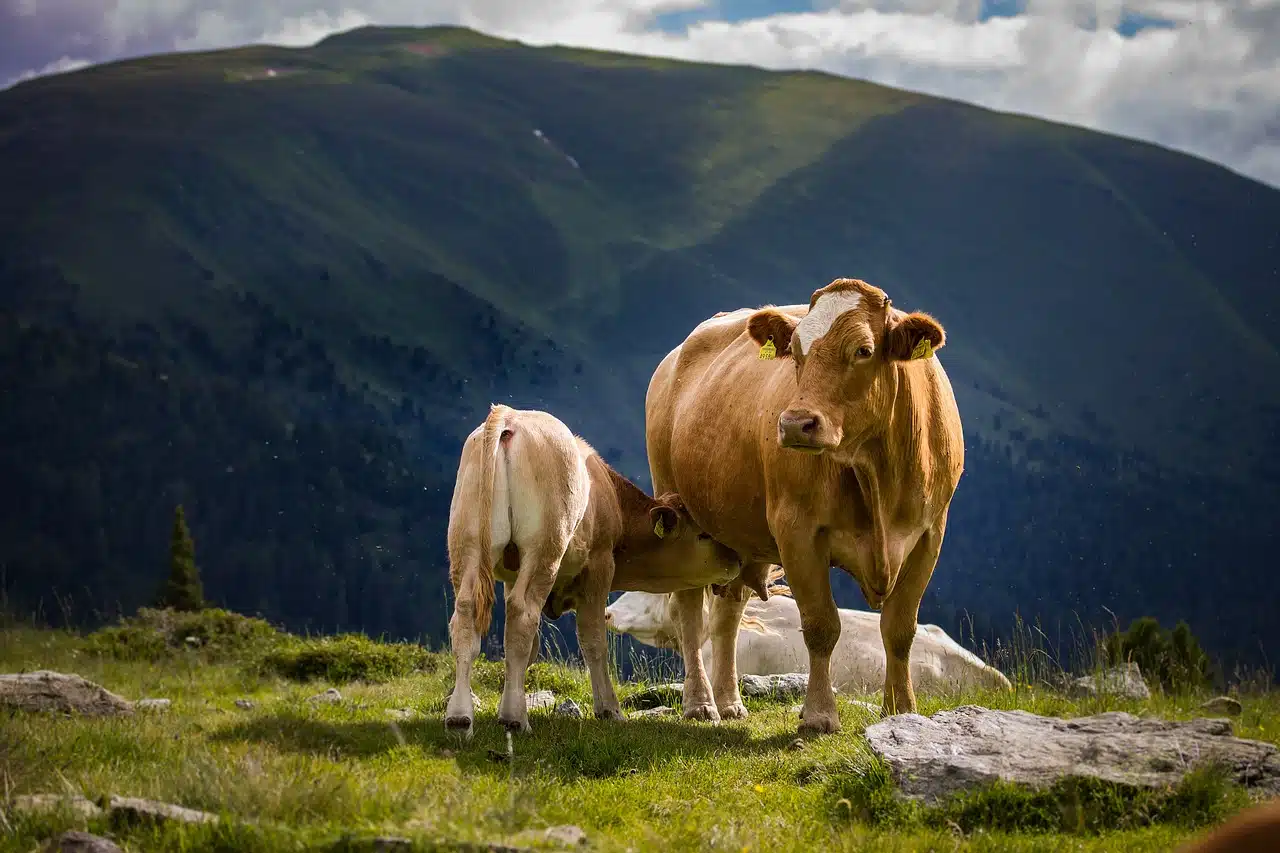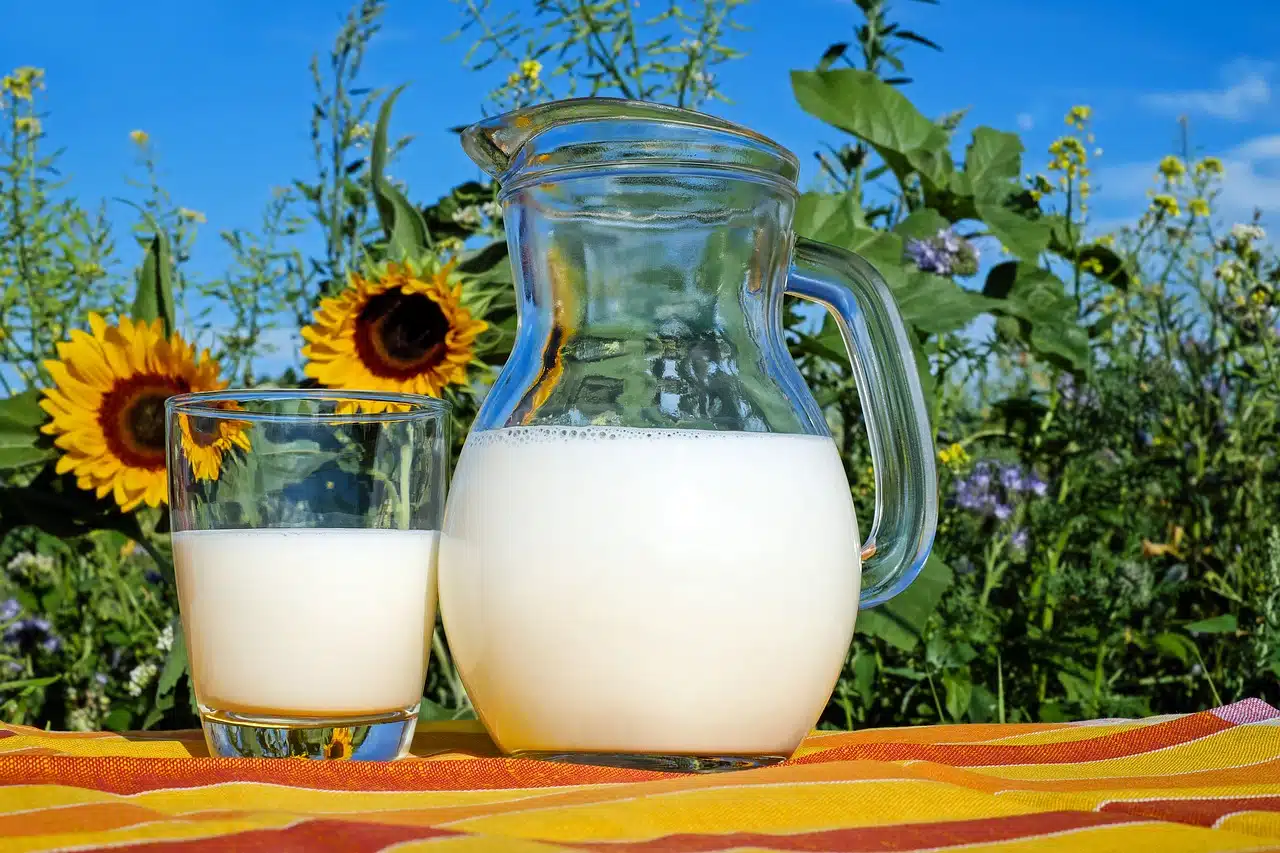
Milk is the substance that female mammals feed their babies.
The first nutrition
Milk enables the nutrition of puppies (or babies, in the case of humans) until their digestive system is ready to assimilate other foods. In this process, milk also provides protection against toxins and pathogens and helps metabolize different substances.
It should be noted that after weaning, it is common for people to start drinking milk from cows, sheep or other animals, a practice that can persist throughout adult life. Additionally, multiple products are made with animal milk , the so - called dairy products : yogurt , cheese , cream , butter , etc.
Whole or skimmed milk
Whole milk is milk that retains all the natural fat found in raw milk. It contains approximately 3.5% fat and is creamier and more flavorful compared to skimmed milk. The fat in whole milk provides a source of energy and contributes to the flavor and texture of dairy products.
On the other hand, skimmed milk is milk from which most of the fat has been removed. It generally contains less than 0.5% , although the exact content may vary depending on the regulations and production processes of each country. Skimmed milk is lower in calories and saturated fat compared to whole milk, making it a more suitable option for people looking to manage their weight.
The choice between whole and skimmed milk depends on dietary needs and personal preferences. For those looking for a lower fat and lower calorie option, skim milk may be the right choice. On the other hand, whole milk is best suited for those who do not have dietary restrictions and enjoy the richer, creamier taste of whole milk.
powdered milk
Powdered milk is a dairy product that is obtained by dehydrating the liquid. It is used as a convenient alternative to the latter as it has a longer shelf life and is easier to store and transport.
It is produced by removing water from liquid milk, resulting in a fine powder. Depending on the process used, there are different types of milk powder, such as whole, skimmed and semi-skimmed . These types are mainly differentiated by their fat content.
Condensed milk
Condensed milk goes through a process to remove much of the water and concentrate the sugar content. Condensation involves heating the milk and then removing about 60% of the water , resulting in a thick, sweet product.
This product stands out for its dense texture and sweet, caramelized flavor. It is widely used in the food industry to make desserts and sweets, as well as in the preparation of hot drinks such as coffee with condensed milk.

There are various types of milk, including that of plant origin.
Vegetable alternatives
The juice obtained from seeds or fruits is also called milk. In this framework we can talk about rice milk , soy milk or almond milk , to mention a few possibilities.
In strict vegetarian cuisine, that is, that consumed by vegan people, it is possible to use these and other types of milk to make a large number of sauces and desserts, from mayonnaise to dulce de leche, melted chocolate and cheese.
